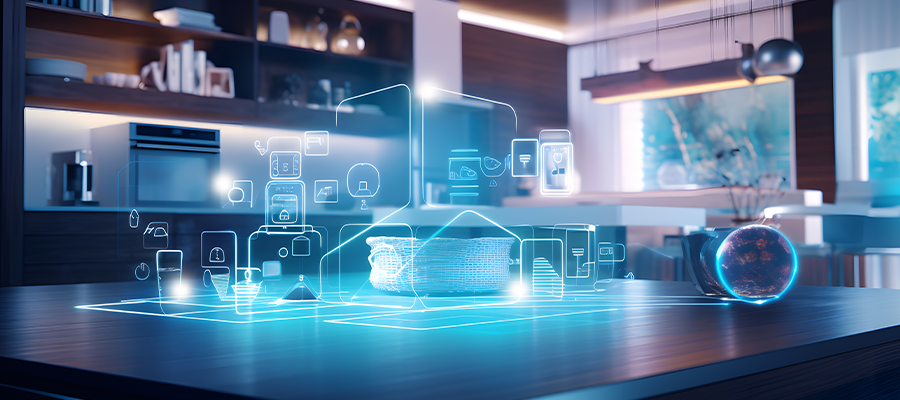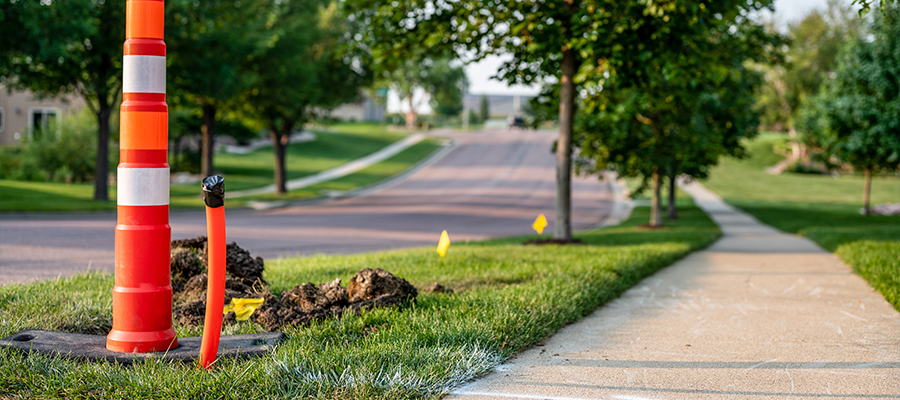Boosting Smart Meter Adoption Through Education

Boosting Smart Meter Adoption Through Education
By Tommy Combs, Director of Operations, Bermex
Electric smart meters bring a range of benefits to utilities and their customers, from real-time usage insights and reduced energy costs to improved grid reliability. The Edison Foundation projects a 71% increase in smart meter installations between 2017 and 2025, with 128 million meters already in use across the U.S. by 2023. Additionally, over 15 million homes and businesses joined time-varying pricing programs in 2022, highlighting the growing adoption of smart energy solutions.
Smart meters provide customers with information and control over their home energy use, yet, customer adoption of these advanced meters often lags, largely due to a lack of awareness or misunderstandings about their potential. Utilities have an opportunity to engage customers and build trust by educating them on how smart meters can positively impact their energy bills, the environment, and overall service reliability. By clearly communicating the benefits, addressing common questions, and demonstrating the long-term value, utilities can help their customers make informed choices, ultimately increasing smart meter adoption and creating a more resilient energy network.
Addressing the Concerns of Customers
There are many reasons customers are hesitant to change. Understanding their concerns, providing good communication, debunking myths, and providing ongoing education to help them recognize and make use of the benefits will improve customer service and smart meter adoption.
Opt-out policies vary by state and each state has rules and regulations for refusing smart meters. For example, in Ohio, FirstEnergy has approved charging a monthly fee to customers who choose not to install a smart meter to cover the cost of manual reading. Customers will be charged the set-up fee if installed at a later date. California’s Pacific Gas & Electric lets customers choose but charges a monthly fee for an analog meter.
Common Myths
The Smart Energy Consumer Collaborative has identified these myths and provided facts to counter them.
Smart meters are less accurate than analog meters.
Truth: All meter manufacturers must follow performance standards set by the American National Standards Institute and are rigorously tested for accuracy before leaving the manufacturer. Utilities perform accuracy tests and have even found them to be more accurate than analog meters.
Smart meters are a health threat because they communicate using wireless signals.
Truth: An in-depth review of the scientific literature by the World Health Organization revealed that the small amount of radio frequency (RF) energy produced by smart meters is not harmful to human health. RF emitted by smart meters is well below the limits set by the Federal Communications Commission and it is below levels produced by other common household devices like cell phones, baby monitors, satellite TVs, and microwaves. A person would have to be exposed to the RF from a smart meter for 375 years to get a dose equivalent to that of one year of 15-minute-per-day cell phone use. With over 25,000 articles published on the topic over the last 30 years, scientific knowledge in this area is now more extensive than for most chemicals.
Smart meters will not keep my data secure.
Truth: Utilities are involved in national consortiums and work with national cybersecurity to regularly audit their systems to ensure the privacy and security of smart meters. The privacy of your data is protected now. Utilities work constantly to safeguard it. That will not change with the use of smart meters.
Smart meters are hazardous, increasing the risk of fire and explosion.
Truth: Companies that manufacture smart meters produce certifiably safe and reliable equipment. Nevertheless, smart meters should be installed and uninstalled only by trained professionals exercising standard safety precautions.
Smart meters are an invasion of privacy.
Truth: Smart meters measure how much energy you use, based on the time of day, not how you use that energy. Unless you install a home energy management system, smart meters cannot tell whether the energy used is from your oven, air conditioner, or hairdryer. Smart meters are a landmark change allowing two-way communication between your utility and you, much like cell phones and banking. Utilities keep your data private and secure, similar to those industries and similar to how it’s always been.
Benefits to Consumers
There is another myth that the benefits are limited. In truth, smart meters provide customers with near-real-time energy usage information about how much, when — and in some cases — at what price, they use energy. Some meters provide an in-house display that shows energy use down to the penny which can encourage being less wasteful. Smart meters can show precisely how much each appliance is using. Homeowners can run appliances such as the dishwasher during “off-peak” hours when power is cheapest or lower the thermostat.
Armed with this information, customers can take more control over energy consumption — and monthly bills. In addition, smart meters offer greater reliability and faster power restoration.
Utilities can use a multi-channel approach to educate customers through a mix of social media, email, direct mail, a dedicated website page, and bill inserts in addition to hosting community events and webinars.
Other information to communicate can include:
- Success stories of how customers have saved money can be highly effective.
- Fact sheets that address common myths and clear communication about the process and costs.
- Highlighting how smart meters support renewable energy, and reduce waste, for consumers motivated by environmental benefits.
By implementing these strategies, utilities can build trust, demystify smart meters, and empower customers to make informed choices about their energy use.
Additional Resources
Related Articles

By Tommy Combs, President, Bermex In the latest edition of the DIRT Report, the Common Ground Alliance (CGA) reveals that despite decades of progress in underground infrastructure damage prevention, the industry remains at a critical turning point. The 2024 data show a concerning plateau, and in some cases a reversal, in the trend of reducing[...]
Read More
By Mark Green, Business Development Manager, Bermex Environmental responsibility and resource conservation are more than good PR; they have become critical, bottom-line imperatives. Utility companies find themselves at the forefront of a sustainability battle that extends far beyond their traditional operational boundaries. At the heart of this challenge lies a deceptively simple yet profound issue:[...]
Read More
By Thomas Gooch, Director of Operations, Bermex Every few minutes across the United States, someone digging into the ground accidentally strikes an underground utility line. The consequences of these incidents extend far beyond the immediate damage to pipes, cables, or equipment. Utility strikes represent an extremely expensive and dangerous infrastructure challenge. The Financial Impact According[...]
Read More
By David Mack, Senior Business Development Manager, Bermex When it comes to preventing utility damages, most organizations focus on technology, training, and regulations. But at the 2025 CGA Conference & Expo, a powerful theme emerged from multiple speakers, including Dr. Victoria Grady of George Mason University: culture, not compliance, is the foundation of lasting safety[...]
Read MoreCategories
Recent Posts
- Diffusing a Difficult Customer [Infographic] 10th Sep 2018
- Neighborhood Safety [Infographic] 24th Sep 2018
- Bermex Has Named Keith Pancake as New Safety Manager 02th Dec 2019